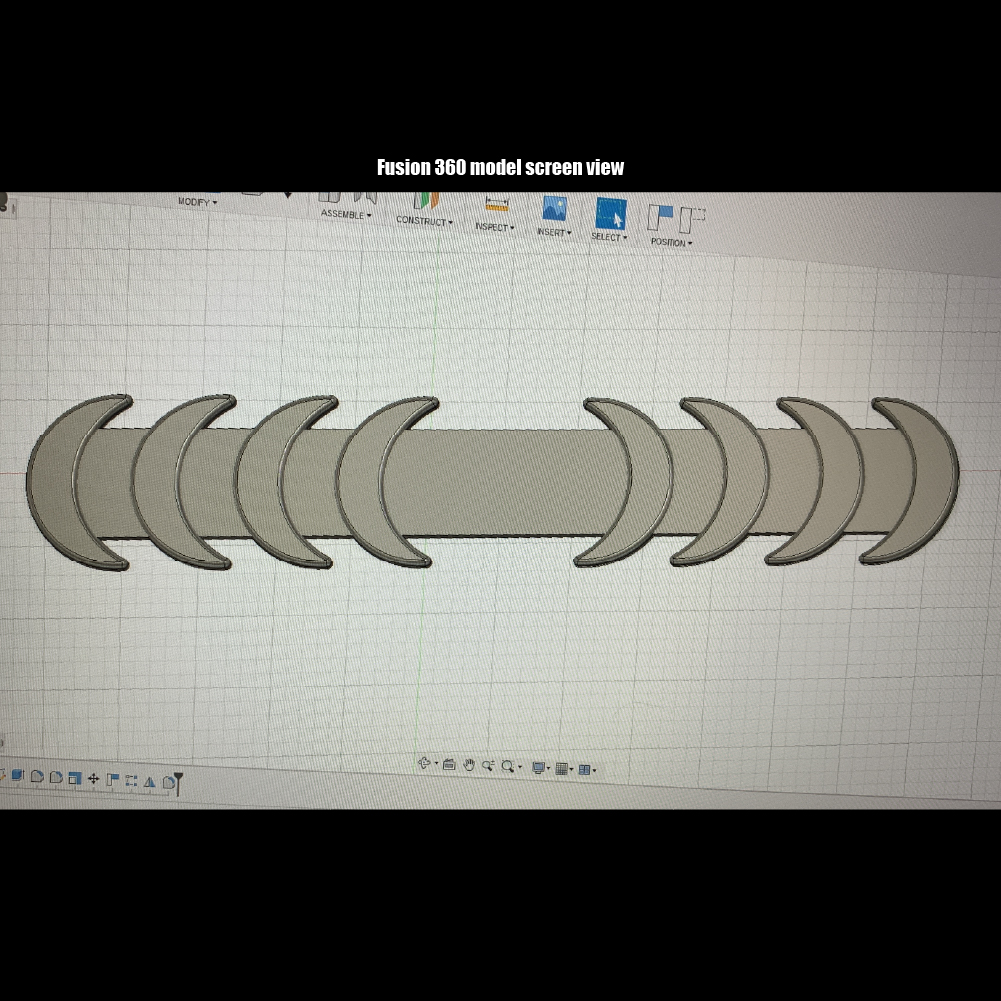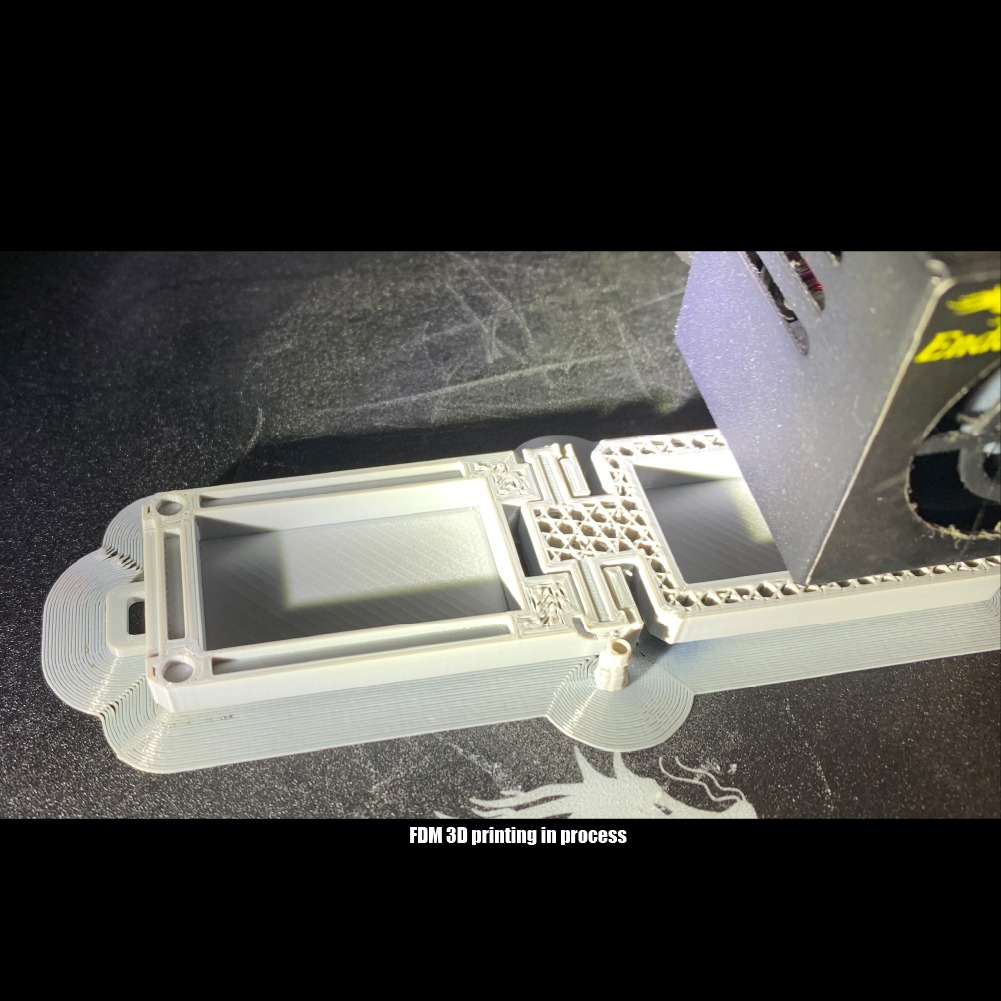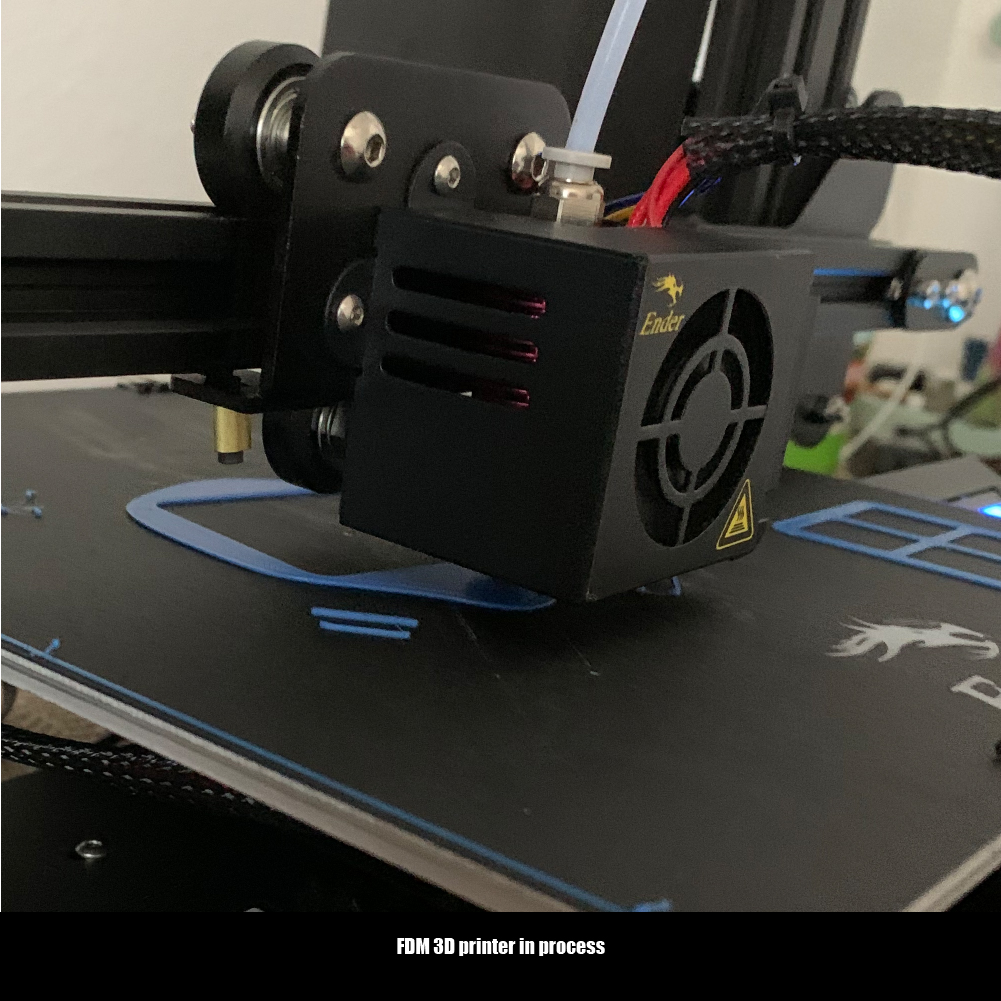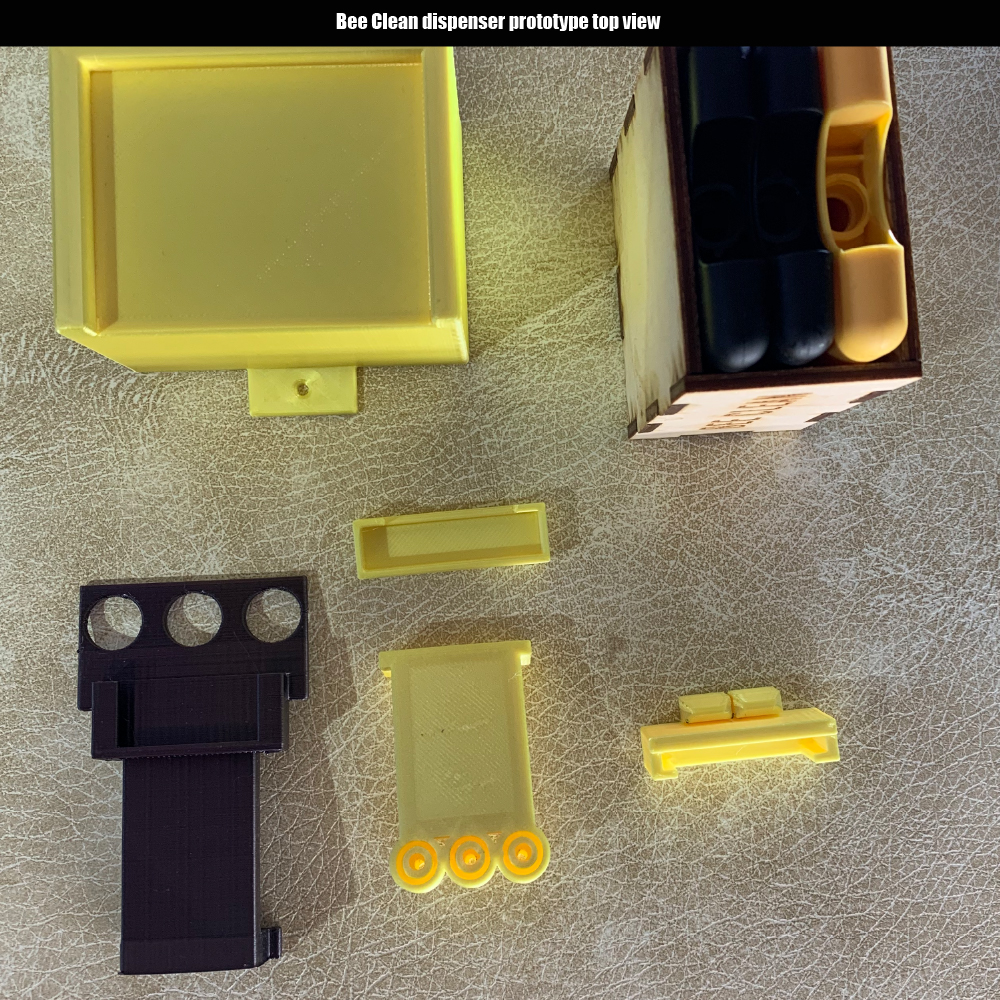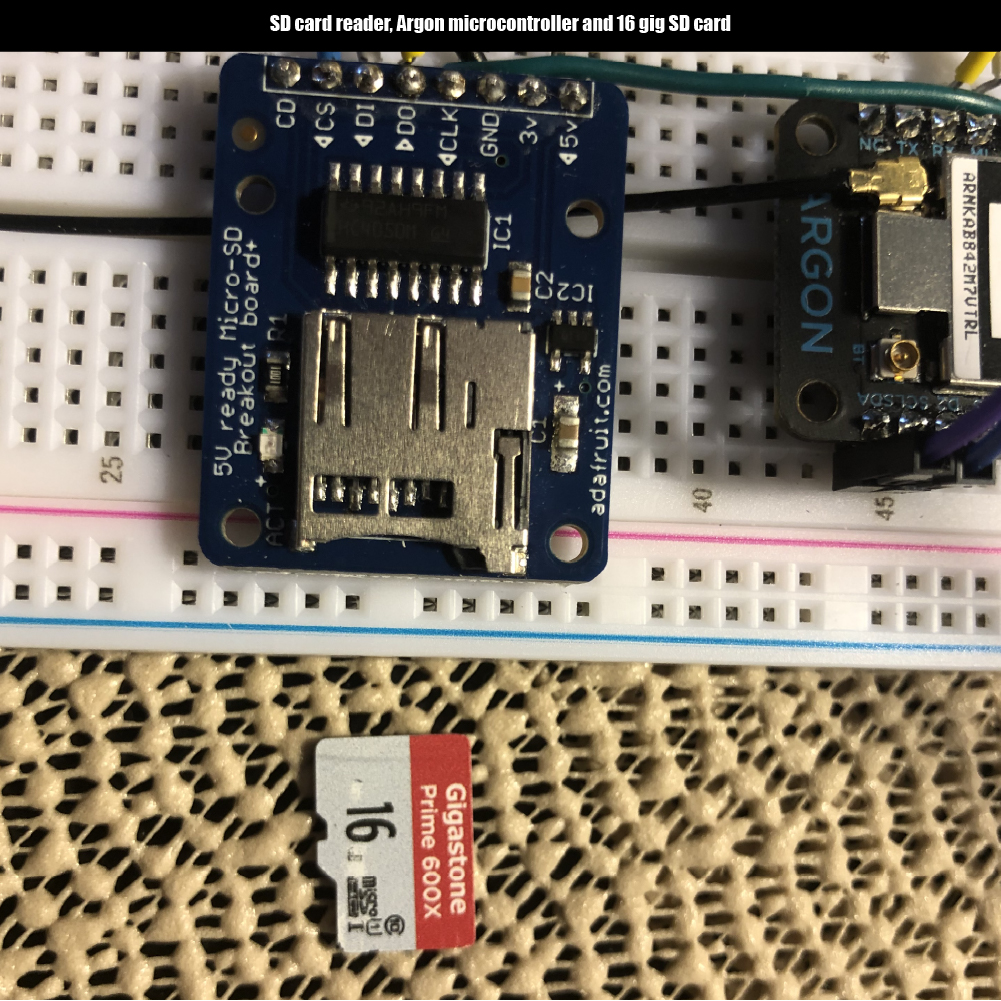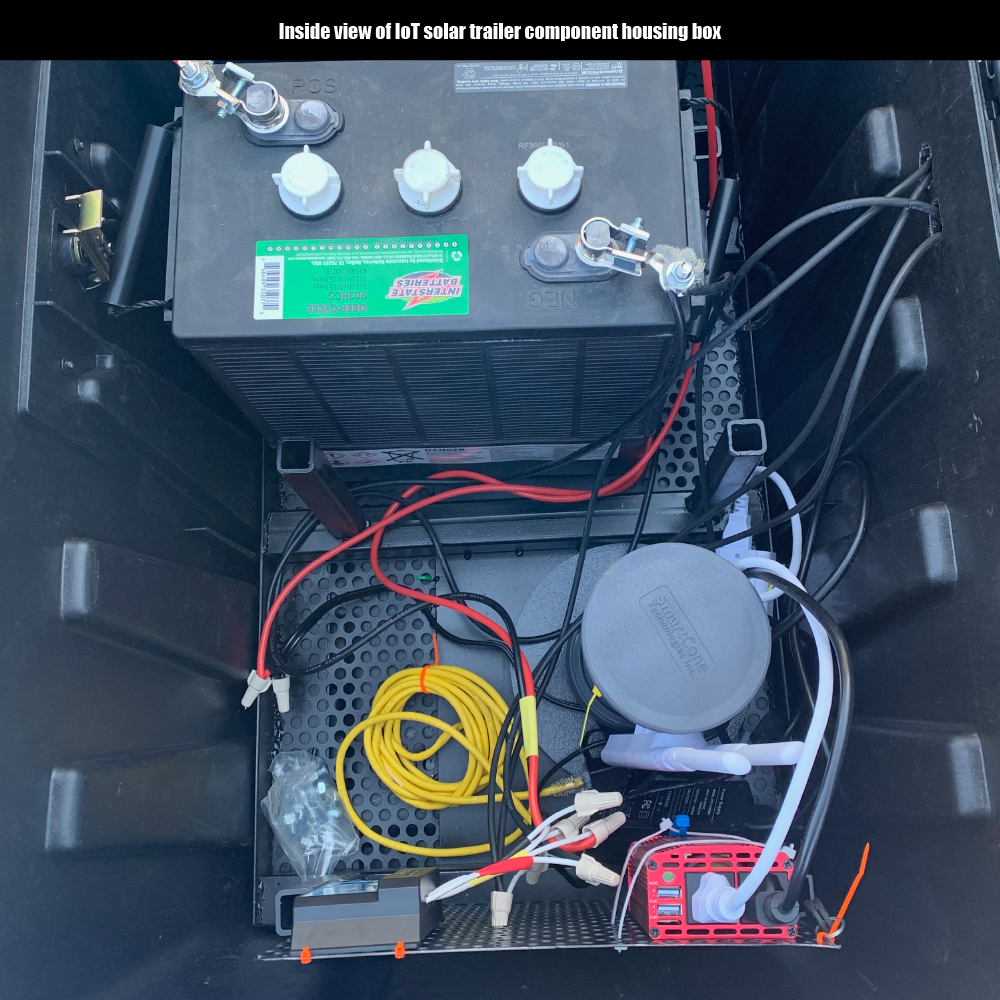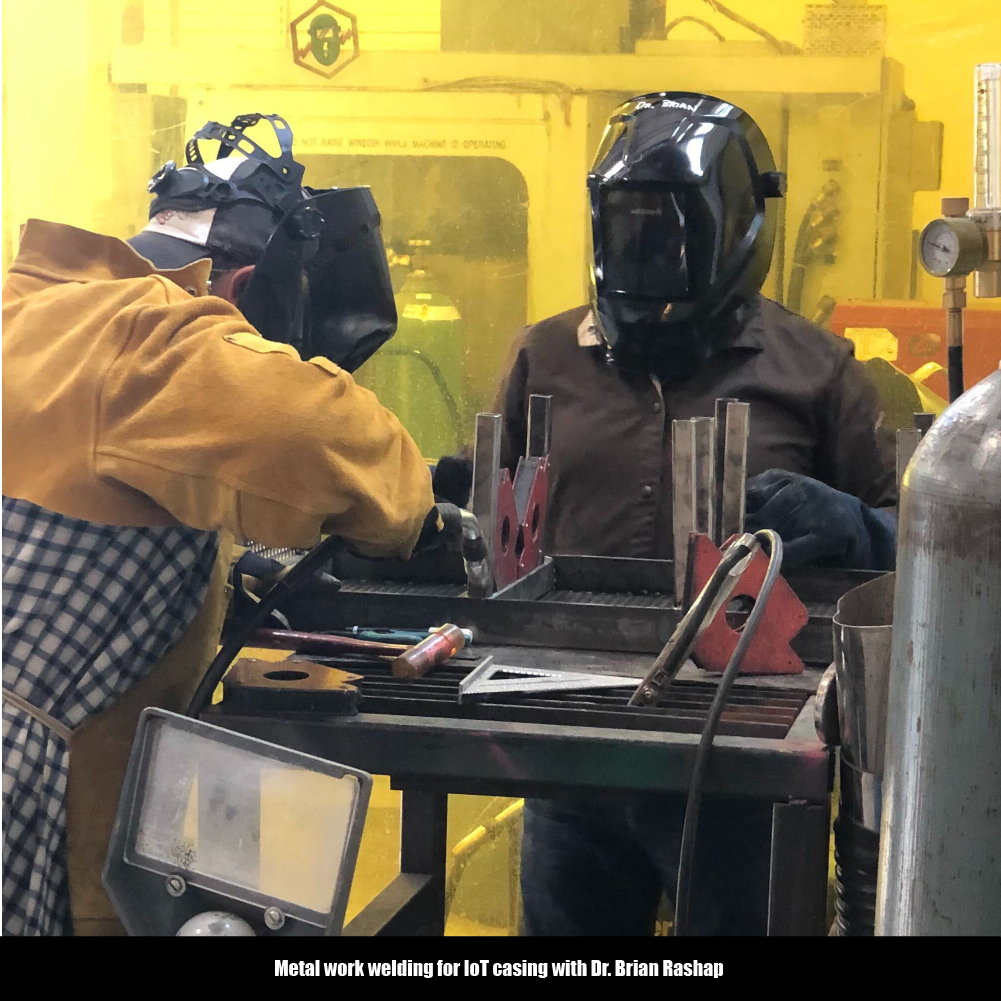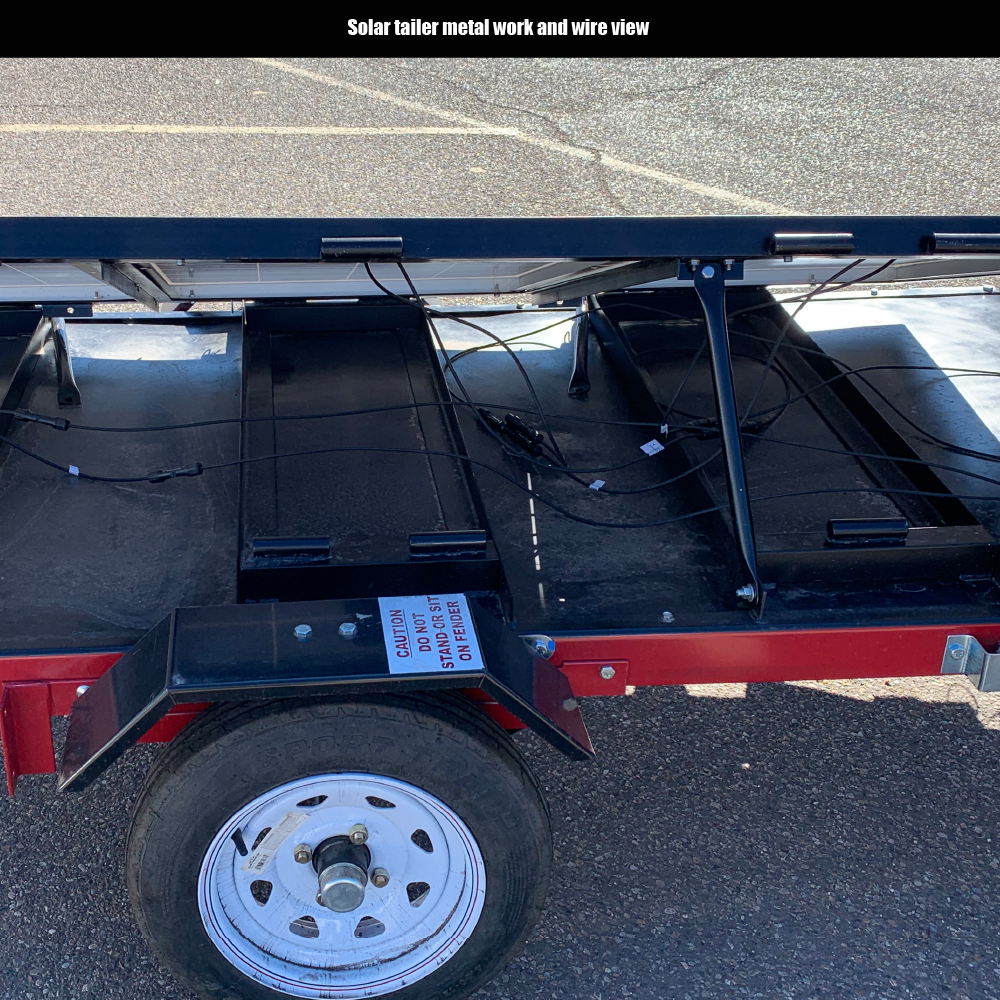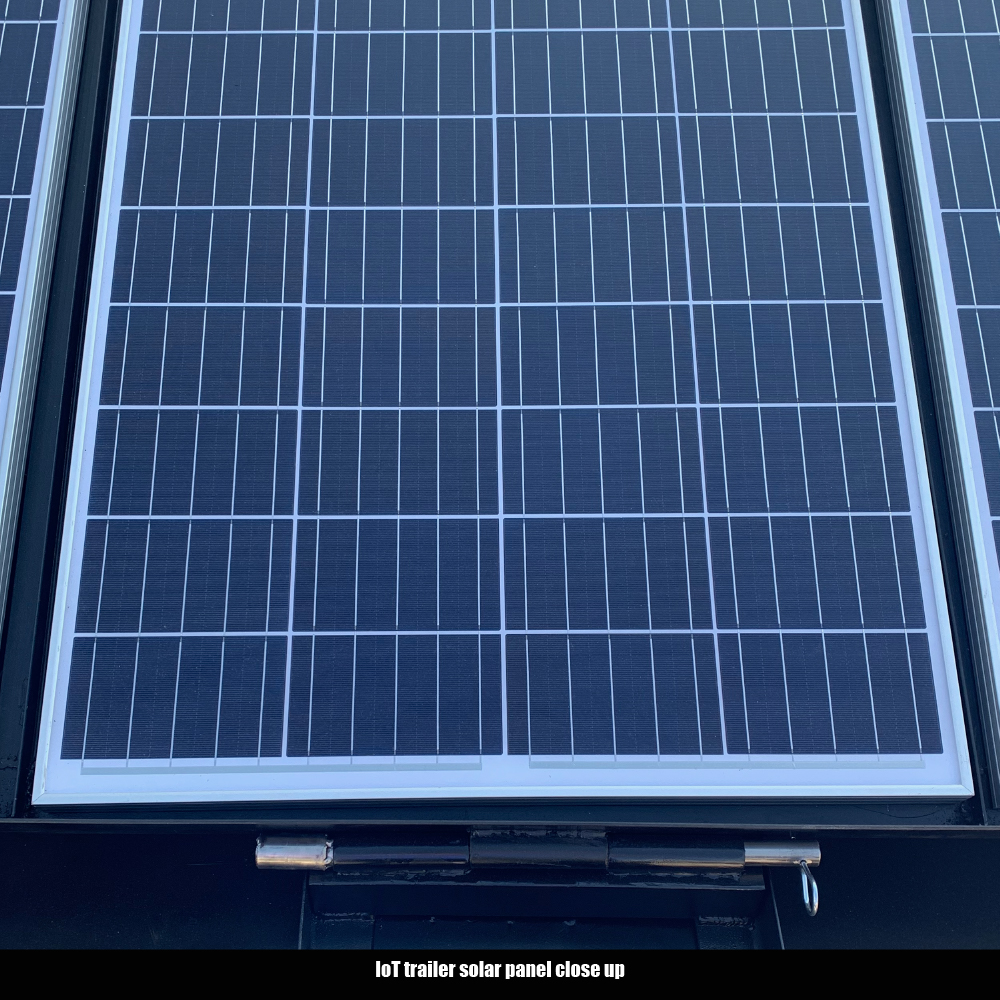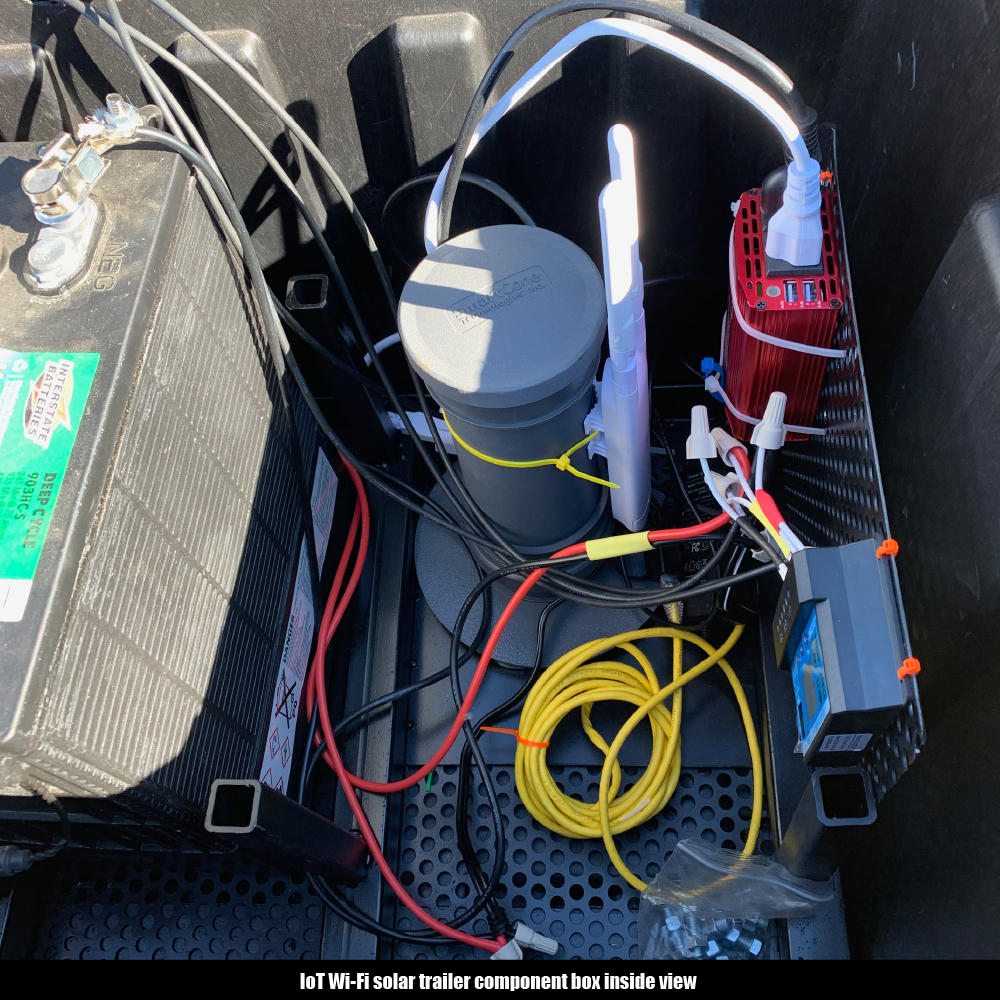
Nycole's aspirations were originally in art design, but, out of necessity, found a place in banking. The collision between aspiration and reality began in college. She attended The Art Institute in Seattle, Washington and earned a degree in Animation Arts and Design, while maintaining a full time position at the local credit union. Upon completion of her degree, Nycole returned home to Albuquerque, New Mexico, where she continued her career in finance working for Citi in a competitive sales department. There, she thrived, consistently ranking among the top 25 salespeople on site, receiving national recognition.
In the early days of 2008, the financial crisis started to change the credit industry, Nycole was invited to join Fidelity Investments as they opened a new operational site in Albuquerque. During her tenure with Fidelity she became a subject-matter expert specializing in health and welfare operations and record management for other 3rd party clients. She assisted with systems design as new processing systems were created to streamline operations. In total, Nycole spent over 11 years working at the firm becoming a true expert in her field.
After leaving Fidelity, Nycole decided to embark on a new adventure with a complete career change by joining the first cohort of the Internet of Things Deep Dive Coding Bootcamp provided by CNM Ingenuity, a program at Central New Mexico Community College. This challenging hands-on bootcamp was designed to teach the basics of coding, electrical and mechanical engineering within a 10-week period. However, the camp was modified when the world went into lockdown due to the Covid-19 pandemic. Nycole not only took on the challenge but excelled with the changing environment. She spent the next couple of years gaining experience in fabrication, vinyl applications, metal and woodworking. Once that experience was complete she decided to rejoin the Deep Dive Coding community, this time enrolling in the Full Stack Web Development Bootcamp to gain new knowledge and deepen her coding skills.






